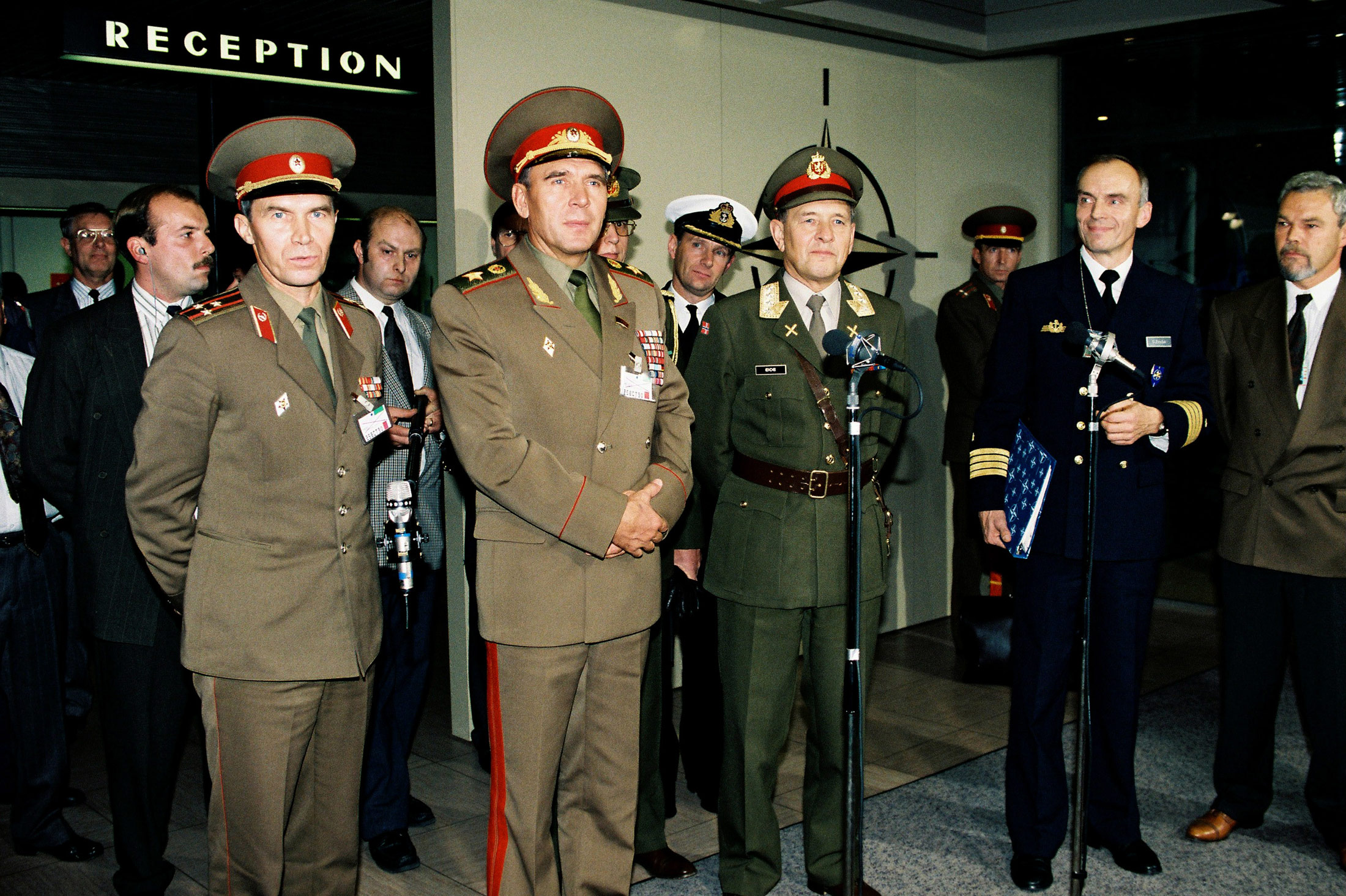The Warsaw Pact, NATO’s military counterpart, was disbanded on 25 February 1991 and dissolved later that year. This was followed by the dissolution of the USSR on 26 December 1991. Countries that had been bound by a centralised system for decades, were free to decide their own fate.
From the dissolution of the Soviet Union emerged 15 independent states: Russia, internationally recognised as the successor state to the USSR; the Baltic States – Estonia, Latvia and Lithuania; Central Asian countries: Kazakhstan, Kyrgyzstan, Tajikistan, Turkmenistan and Uzbekistan; East and Central European countries: Belarus, Moldova and Ukraine; and countries from the Southern Caucasus: Armenia, Azerbaijan and Georgia.
Albania, Bulgaria, Czechoslovakia, East Germany, Hungary, Poland and Romania, which together with the USSR had been members of the Warsaw Pact, distanced themselves from Communist ideology.
Many of these countries knocked on NATO’s door and responded to the “hand of friendship” that NATO extended to them, turning old adversaries into new partners.
Six days before the dissolution of the USSR, NATO had already brought its members and former Warsaw Pact countries together around the same table at NATO Headquarters and, in 1994, started to engage individually with them through the Partnership for Peace programme. A new era had begun...



